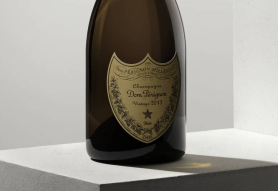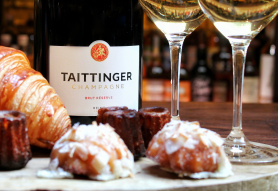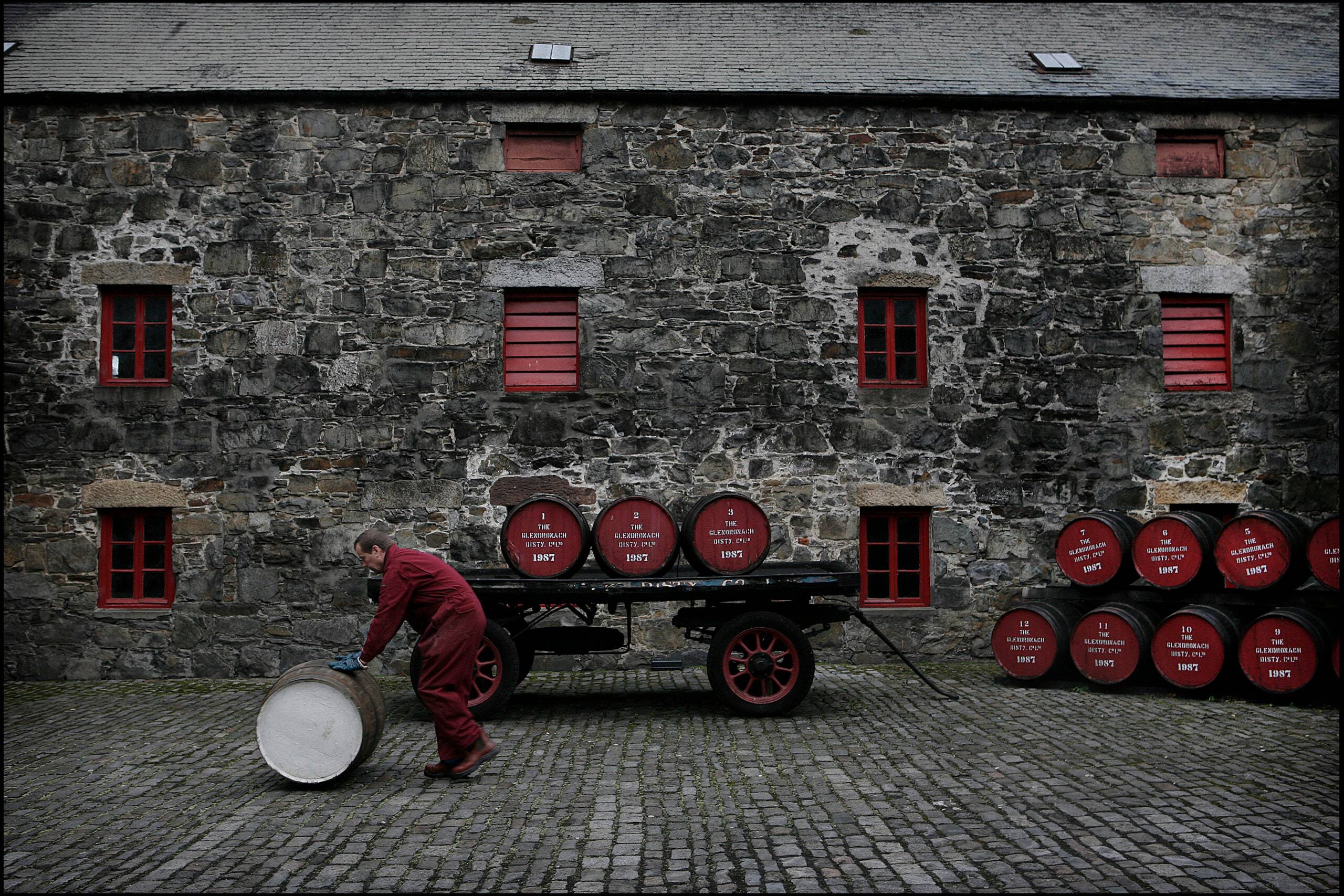Evaporation and the Angel's Share
When whisky matures in oak casks, a portion of the liquid is lost to evaporation over time. This phenomenon is affectionately known as the "Angel's Share," as it's said that the angels take their share of the spirit as it ages. Understanding how evaporation affects both the volume and Alcohol by Volume (ABV) of whisky in the cask is essential for appreciating the maturation process and the final character of the spirit.
How Evaporation Affects Volume and ABV
- Volume Loss: As whisky ages, water and alcohol molecules evaporate through the porous oak casks. The rate of evaporation depends on factors such as cask size, warehouse conditions, and climate. In Scotland, the average annual volume loss is around 2% per year.
- ABV Changes: The ABV of whisky doesn't just decline uniformly during maturation. The relative humidity of the environment plays a crucial role.
- High Humidity: In humid conditions (like those often found in coastal warehouses), more alcohol evaporates than water, leading to a decrease in ABV.
- Low Humidity: In drier environments (like some dunnage warehouses), more water evaporates than alcohol, which can sometimes lead to an increase in ABV over time.
What's Typical?
Typically, the ABV declines by around 0.5% per year under humid conditions, while the volume decreases by approximately 2% annually. These reductions are cumulative, meaning the longer the whisky matures, the more significant the loss in both alcohol content and liquid volume. It's worth noting that these figures are estimated averages - you often find newly filled casks lose more liquid in the first 12-24 months as liquid is absorbed into the wood.
For example, after five years of maturation, the whisky may experience a total ABV reduction of 2.5% and a 10% decrease in volume. By the tenth year, these figures could rise to a 5% drop in ABV and a 20% loss in volume. This gradual evaporation process plays a crucial role in developing the whisky’s flavour, as the spirit interacts with the cask and the surrounding environment, adding complexity and character.
Over longer periods, such as 20 years, the cumulative effects become even more pronounced. A whisky matured for this length of time might see up to a 10% reduction in ABV and a 40% loss in volume. While this evaporation results in less liquid, it also concentrates the remaining spirit, enhancing its depth, richness, and overall quality.
Factors Influencing Evaporation Rates
Cask Type and Size: Smaller casks (like quarter casks) have a higher surface area-to-volume ratio, leading to faster evaporation compared to larger casks (like butts).
- Warehouse Environment: Temperature fluctuations and humidity levels in the warehouse have a significant impact on evaporation. Warehouses with stable, cool temperatures tend to have slower evaporation rates.
- Cask Positioning: Casks stored at higher levels in racked warehouses experience more temperature variation, which can accelerate evaporation.
- Wood Porosity: The quality and porosity of the oak used for the cask also affect how much liquid is lost.
- Initial Absorption: Evaporation rates are often higher during the first few years of maturation. This is primarily due to the spirit being absorbed into the wood of the cask. As the wood becomes saturated, the rate of evaporation tends to stabilise, leading to a more consistent loss rate in subsequent years.
Impact on Whisky Character
Evaporation isn't just about loss; it plays a critical role in shaping the whisky's flavour. As the liquid volume decreases, the remaining whisky becomes more concentrated, enhancing certain flavour compounds. Additionally, the interaction between the spirit and the wood evolves, contributing to the complexity and depth of the whisky.
Understanding the Angel's Share is key to appreciating the art and science behind whisky maturation. Each cask matures uniquely, influenced by its environment, leading to the diverse and rich flavours that whisky lovers cherish.






























